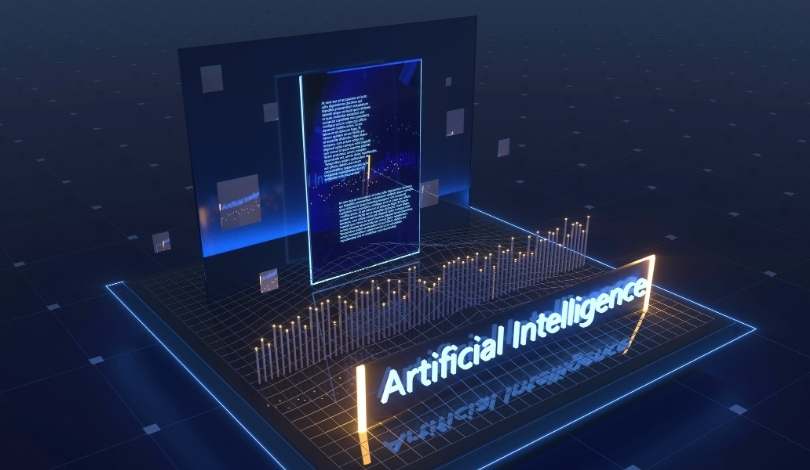OpenAI and Oracle have initiated a significant partnership to extend the Stargate AI data center project, targeting the creation of large-scale infrastructure across the United States. This ambitious collaboration intends to back the growing computational requirements that artificial intelligence models increasingly demand. Industry observers note the scale of investment, the complexity of the logistics, and the wide-ranging impact on both the tech sector and labor markets. The collaboration brings together cloud expertise, hardware procurement, and a forward-looking vision for AI infrastructure development well beyond theoretical debate. With OpenAI working alongside other notable companies, including SoftBank and Microsoft, the project highlights an era in which hardware, energy resources, and employment play a central role in digital progress.
Stargate was initially mentioned as a long-term goal for OpenAI, mainly focused on supporting future AI performance. Earlier reports often centered around anticipated energy needs and the pace of research, but specific information about operational capacity and committed partners remained unclear. The current development provides a clearer outline of hardware procurement, partnership roles, and projected job creation. This move also pushes industry standards for the energy scale of data centers, with an expanded focus on economic impact and supply chain logistics not previously detailed. The involvement of partners such as Oracle and additional infrastructure in Abilene now give the project a more grounded timeline and concrete milestones.
How Much Capacity Will the New Data Centers Add?
The OpenAI and Oracle agreement outlines the construction of new data centers in the United States, expected to require 4.5 gigawatts of power—comparable to the energy usage of a sizeable urban center. This expanded facility base, alongside ongoing work in Abilene, Texas, means that OpenAI is now developing over 5 gigawatts of total data center capacity. Such infrastructure could operate more than two million high-performance computing chips, supporting the training and deployment of advanced AI models.
What Are the Economic and Workforce Implications?
According to OpenAI’s projections, the Stargate initiative should produce substantial workforce opportunities, with over 100,000 jobs expected as a result of construction, maintenance, and technical operations. These roles would extend from initial construction teams to specialized technicians and data center support staff. OpenAI has stated,
“We aim to make advanced AI accessible and drive widespread job creation in multiple sectors through this investment.”
Who Else Is Involved in the Stargate Initiative?
While Oracle provides infrastructure and data center expertise, OpenAI collaborates with SoftBank to explore new approaches to data center design and operations. Microsoft remains a crucial cloud services partner, ensuring seamless connectivity across all facilities. This multiparty involvement underscores the complexity and market reach of the Stargate data center project, which requires strong alliances across technology, hardware, and cloud services.
This large-scale project underscores both the promise and the operational demands of advancing AI. One key takeaway is the unprecedented amount of energy needed and the scale of physical infrastructure, laying bare the operational realities behind AI innovation. The involved companies position themselves to meet high computational requirements, yet these initiatives also prompt wider questions about electricity consumption and sustainability. Those following AI development trends might note that operational scope—ranging from hardware supply chains to long-term labor dynamics—now features as prominently as algorithmic breakthroughs.










